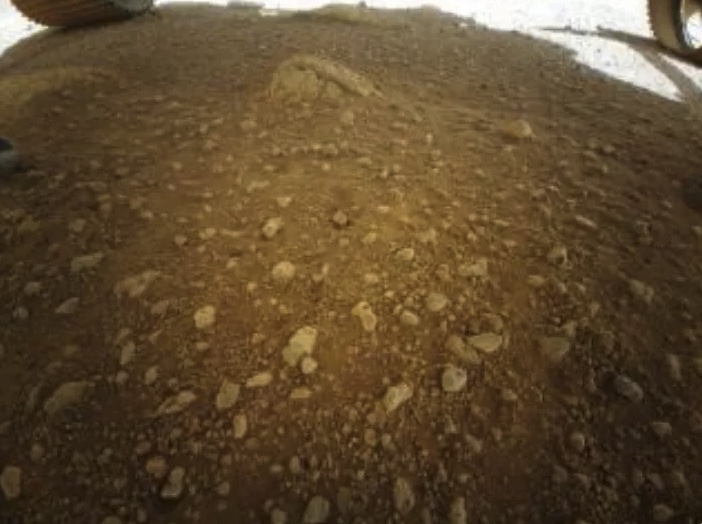NASA Plans to Land First Person of Color & First Woman on the Moon by 2024
NASA will land the first person of color in addition to the first woman on the moon with the Artemis program, NASA’s Acting Administrator Steve Jurczyk revealed today (April 9). Today, President Joe Biden’s administration submitted a budget proposal outlining its priorities for discretionary spending for the fiscal year 2022 to Congress. The proposed budget includes a funding increase that will support Mars sample return, research, climate science and more at NASA. Jurczyk responded to the news in a NASA statement and additionally revealed that the agency will be landing the first person of color on the moon with the … Read more












